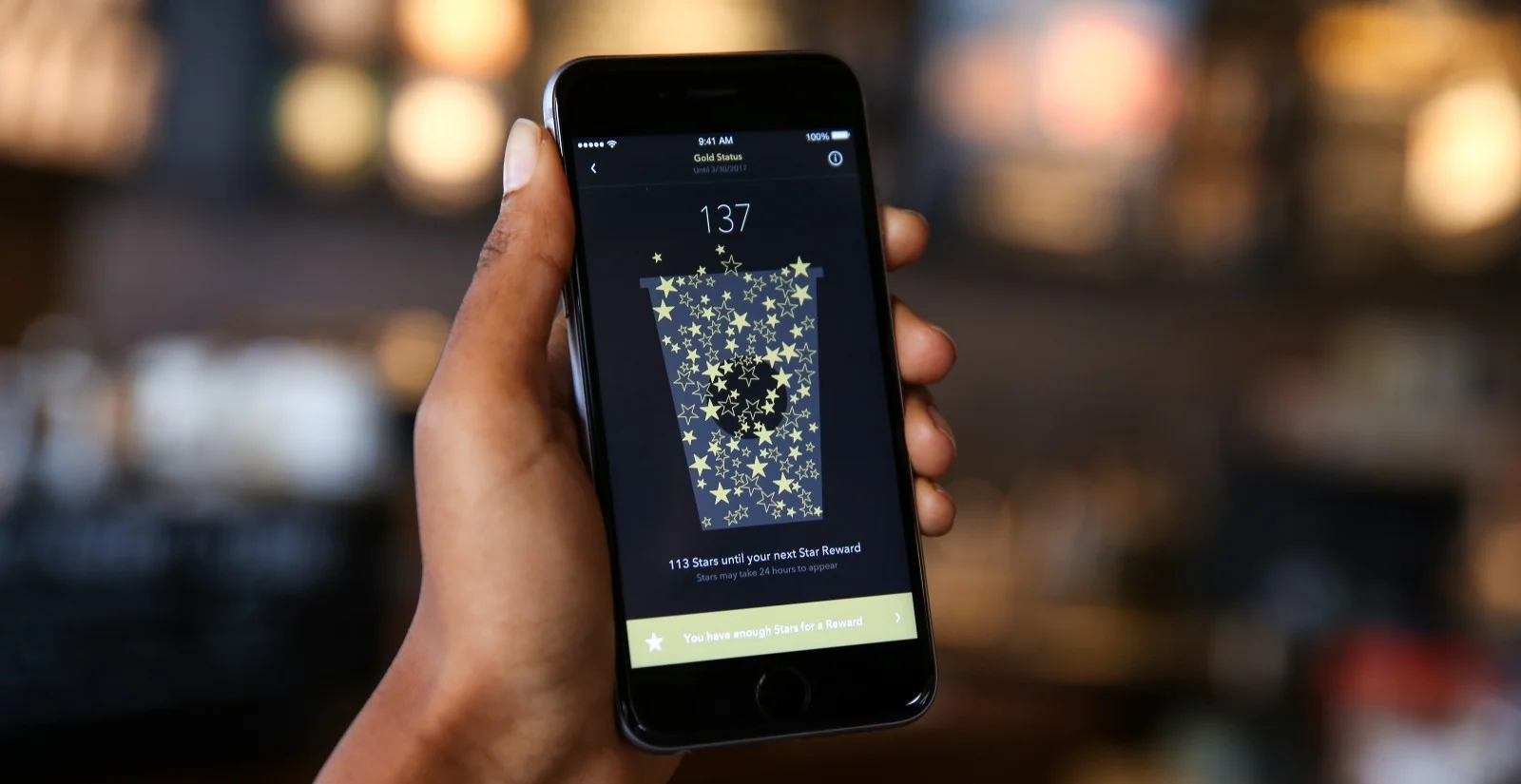UNLEARN OLD MENTAL MODELS
NAVIGATE DIGITAL DISRUPTION
ADOPT AN EXPONENTIAL MINDSET
DISCOVER YOUR THINKING STYLE
You've probably taken personality tests like Myers-Briggs. But how useful are they day to day? It turns out understanding how people think is more useful than knowing their personalities. Discover a new way of thinking about thinking.
DESIGN A NEW NARRATIVE
Conversations with leading executives and CMOs reveals that top companies are using purpose as a source of strategic advantage, going far beyond corporate social responsibility.
The term “company DNA” is sometimes used as a shorthand for an organization’s culture and strategy — a metaphor for what makes it unique. But there may be more to the metaphor. Understanding your company’s DNA can help you know what you can and can’t do, and how to achieve agility and authenticity in a changing world.
Written in May 2016, this post proposed an alternative narrative for the Hillary Clinton's campaign.
The way we think about brands need to change. In the past, they were objects or concepts. You had a relationship with a brand. But in this social age, brands are the relationships. By defining a brand’s particular kind of relationship, companies can create greater engagement, differentiation, and loyalty.
BUILD YOUR BRAND ORBIT
What makes a brand successful in the digital age? New research suggests digital brands don’t just do things differently; they also think differently. Where traditional brands focus on positioning their brands in the minds of their customers, digital brands focus on positioning their brands in the lives of their customers
Historically, the term “marketing creative” has been associated with the words and pictures that go into ad campaigns. But marketing, like other corporate functions, has become more complex and rigorous. Marketers need to master data analytics, customer experience, and product design. These changing roles require a new way of thinking about creativity in marketing.
Thanks to social media, the new challenge is how to have influence from a distance. Our mental models are ill-suited for this challenge. To understand influence from a distance, we must look to a different kind of force: not mechanical or biological, but gravitational.
The way we think about brands need to change. In the past, they were objects or concepts. You had a relationship with a brand. But in this social age, brands are the relationships. By defining a brand’s particular kind of relationship, companies can create greater engagement, differentiation, and loyalty.
The greatest challenge to companies today is not keeping up with their competitors, but with their own customers. One reason is that individuals are transforming to digital faster than organizations. You have to learn how to think like your customer.
What does brand loyalty mean in a digital age? It’s not enough to have repeat transactions. You need reciprocity, advocacy and an ongoing relationship built around a shared purpose. How? With gratitude.
Transactions or Relationships? High-tech or High-touch? Profit or Purpose? Savvy brands from Sephora to Stitch Fix to Wells Fargo transcend the tradeoffs and find a way to choose both.
Does the funnel still work in a digital, social, mobile age? The funnel and Customer Decision Journey aren’t going away, but the buying process is no longer linear. We need new models of customer engagement that allow us, as marketers, to enable and empower, not just persuade and promote.
Customers are more connected and empowered than ever before. To win their hearts and minds, you have to master these five superpowers of extraordinary marketing. What’s your superpower story?
Big data is what organizations know about people. Little data is what we know about ourselves. If you want to build loyalty, spend less time using data to tell customers about you, and spend more time telling them something about themselves.
What are the two most important principles for marketers looking to engage customers and grow revenue in the digital and social age? 1) Empower your customers to be brand advocates and 2) Treat your entire organization as your marketing team.
How Nike, Kraft and other brands are following the principles of a gift economy to drive real customer engagement on social media—and why you can’t pay your movers with pizza and beer.
There are many ways to create customer gravity. Start with a purpose both you and your customer care about. Then create an engagement platform that creates value. Finally, look for partners who can bring expertise, resources, credibility, and reach.
The most successful companies in business today—Apple, Google, and Nike--have something in common. Where traditional companies push out messages and products, these companies pull customers in. Discover how they create a gravitational field that pulls customers into their orbit, like the sun in a solar system.
MAKE SENSE OF SOCIAL MEDIA
EMPOWER YOUR PEOPLE AS A NETWORK
CONNECT YOUR BUSINESS AS A PLATFORM
As an exercise in Platform Thinking, Barry Libert and I considered what Harvard Business Review might be as a platform business.
We live in a time of profound disruption and accelerating change. Every aspect of society is in flux. How do we make sense of these changes? What does it mean for leaders, organizations and communities?
Instead of The Internet of Things, leaders should be thinking about the Social Network of Things. But connected products aren’t the same as social products. The real revolution will come when objects are collaborating around a shared purpose.
How building a better platform and enabling others to create value will give you the competitive advantage. Lessons of Platform Thinking from leaders like Nike, Amazon and AirBnB.
BUILD YOUR OWN MICRO-ECONOMY
For years, Starbucks has dreamt of creating its own branded currency. But the reality has fallen short of the vision. But blockchain-based currencies will enable Starbucks — and countless other brands — to create their own branded currencies easily and affordably.
Coupons. Gift cards. Loyalty points. These tried-and-true tools are now part of a new revolution in retail. When viewed and used together, they make up different forms of Branded Currency.


























Ask yourself how these six fundamental shifts ushered in by the era of mass collaboration are affecting your organization. Your answers will tell you more about where you are in the social revolution than how many likes you have on Facebook or followers on Twitter.